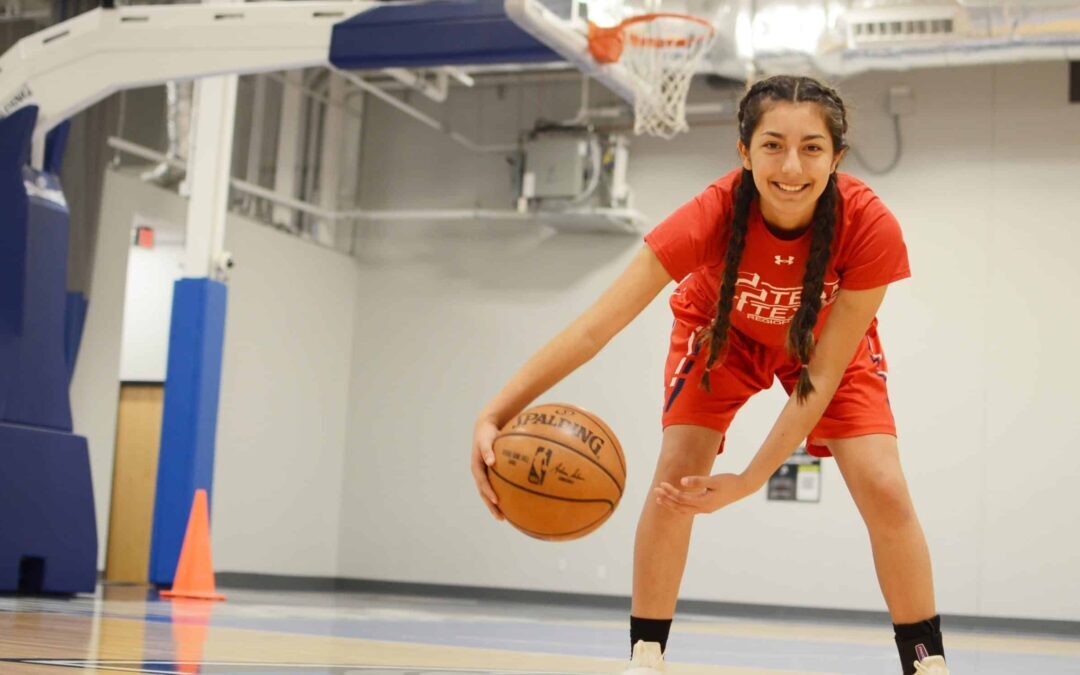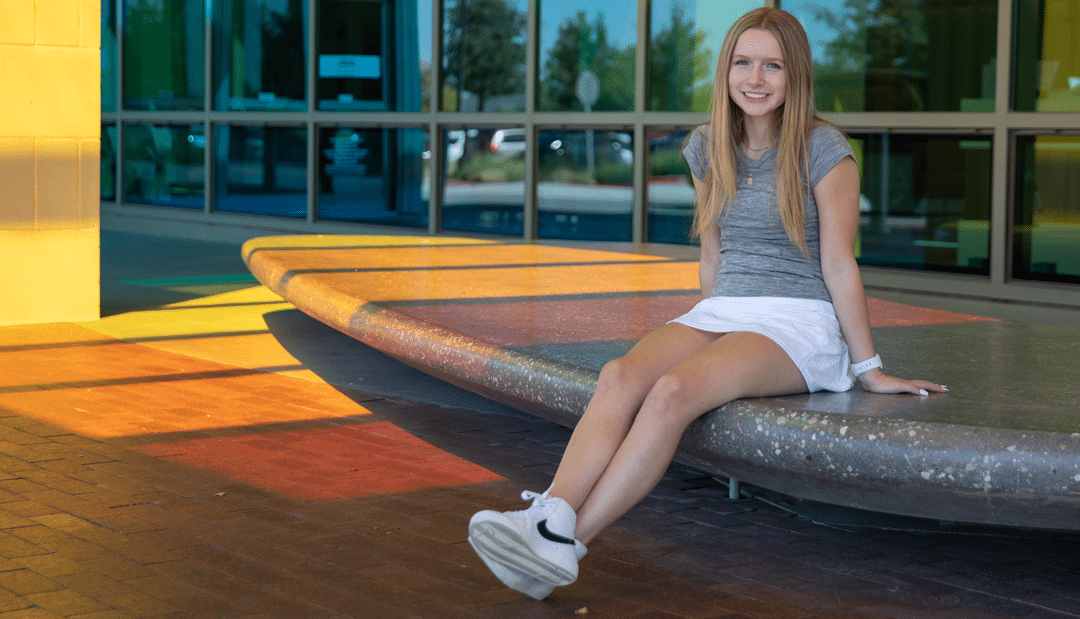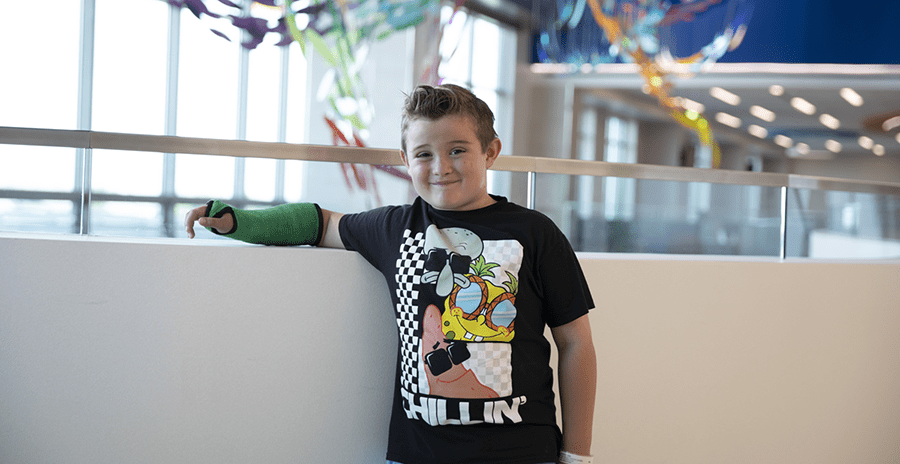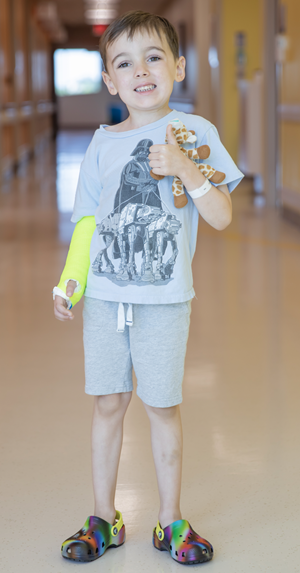
Catching His Second Chance: Ethan’s Triumph Over Elbow Injury
Ethan, of Richardson, Texas, has a deep passion for sports, especially baseball. As a dedicated catcher, the 11-year-old transforms into the reputable “Monster,” a nickname he earned for his fearless and determined presence behind the plate.
“The nickname ‘Monster’ just stuck with his teammates,” says Erin, Ethan’s mother. “To me, Ethan is sometimes serious, sometimes a goofball and plays for the love of the game.”
After practicing throwing with his friends, Ethan’s passion for baseball was tested when he felt pain in the inner part of his right elbow. Their pediatrician referred Ethan and his family to Scottish Rite for Children Orthopedic and Sports Medicine Center in Frisco for care.
“His injury is one of the most common areas of pain for baseball players,” says sports medicine physician Jacob C. Jones, M.D., RMSK. “Since Ethan is not skeletally mature and is still growing, it was important to consider the different potential diagnoses than those typically seen in adults.”
While Ethan’s X-ray showed no sign of injury, Dr. Jones used ultrasound technology, which detects injuries that might not appear on a standard X-ray. It revealed Ethan’s diagnosis was a subapophyseal avulsion fracture of his inner elbow. This injury occurs when a small piece of bone attached to the ligament is pulled away from the main part of the bone.
“It was a radiographically hidden fracture since it was not seen on the kind of imaging we normally use to look for fractures,” Dr. Jones says. “Because of the ultrasound, we were able to give Ethan the correct diagnosis.”
To help his small fracture heal, Ethan wore a cast for a month. The ultrasound technology would also confirm that Ethan’s fracture had healed, allowing him to begin physical therapy. His sessions with physical therapist Kristyn Morrison at Scottish Rite for Children at The Star in Frisco focused on regaining the full range of motion in his elbow through various exercises, such as elbow extensions and forearm stretches. Once his strength was at an ideal level, Ethan began Scottish Rite’s Throwing Program — a patient education guide that focuses on baseball-specific strengthening exercises needed to gradually return to the sport.
After a month, Ethan officially completed all of his physical therapy sessions and uses the exercises he learned from his sessions and the Throwing Program to continue throwing pain free. Now, Ethan is back on the field with his teammates, knocking his recovery out of the park!
“At Scottish Rite, you can feel the care when you walk in,” Erin says. “You’re not a number or a piece of paper. Your child is treated like an individual, and I attribute the fact that my son can play his sport to the care he received at Scottish Rite.”








